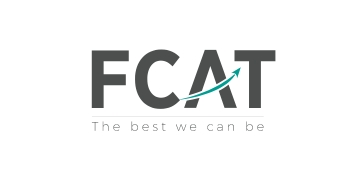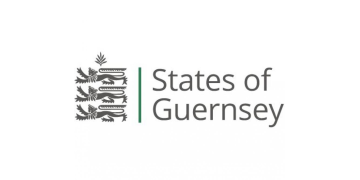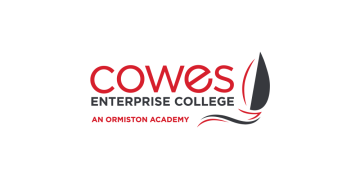Training providers must have a qualification achievement rate for 2018/19 of above 40 per cent to be eligible for the Department for Education’s supplier relief support.
They must have also submitted their latest financial accounts to the Education and Skills Fundiing Agency “on time” and not been judged by Ofsted as making ‘insufficient progress’ as a result of a new provider monitoring visit.
And if a provider wants to receive the supplier relief but has already furloughed staff, they must unfurlough them to be eligible.
The criteria was revealed by the DfE this afternoon. They have given providers just six days to submit their applications, with a closing date of 30 April.
Apprenticeships and skills minister Gillian Keegan said: “We recognise the significant challenge continuing to deliver training at this time presents.
“Our provider relief scheme will offer additional financial support so we can continue to deliver the best education and training possible. I would urge all eligible providers to apply.”
To be eligible to receive support from the scheme providers must hold a direct contract that was procured as a service under Public Contract Regulations 2015, the department said.
This applies to apprenticeship contracts for services that commenced in January 2018, for delivery to non-levy employers, and adult education budget contracts for services that commenced in November 2017.
As revealed by FE Week on Tuesday, over 1,000 providers that only train levy-funded apprentices are not eligible.
Any non-levy apprenticeships funded through the government’s digital system are also barred from the support.
The DfE said it is “not yet able to confirm our position around providing support for learning funded through European Social Fund co-financing contracts” as this is a “domestic” funding stream and “we therefore need to agree our approach with the ESF Managing Authority”.
The department will calculate a “funding cap” for each provider requesting support from the scheme, which will be “applied to the amount requested by the provider”.
The cap will be based on a three-month average using their individualised learner record submission for January, February and March 2020.
Existing maximum contract values (MCV) continue to apply and the providers funding cap “cannot exceed 25 per cent of the MCV even where the average earnings exceed this”.
The relief scheme will apply to activity undertaken in April, May and June and paid in the subsequent month.
Funding through this scheme will be paid “on top of the regular payment claimed via the ILR and the “total of the two payments will not exceed the provider’s funding cap”.
Providers will need to demonstrate that they have a “need for the funding requested in order to maintain capacity within their organisations to support learners and respond to the economic recovery”.
If successful, they will need to provide a “summary of how the support funding has been used, and you must retain evidence for audit purposes that this has been used for eligible costs” and the DfE “reserves the right to recover unused funds or funds used inappropriately”.
Here is the other criteria that providers will need to meet to be eligible in full:
- 2018 to 2019 qualification achievement rates which are above 40 per cent. However, providers with rates below that can submit an exceptional case that they are a critical supplier delivering niche provision
- submitted their latest financial accounts to ESFA on time
- not been judged by Ofsted as making insufficient progress as a result of a new provider monitoring visit
- delivered under the contract prior to April 2020
- plan to deliver learning under the contract in May and June 2020
- not furloughed the staff required to deliver the contract (or they intend to bring furloughed staff back into work and can evidence this)
- not received a notice of termination from the ESFA
There are 66 providers with a national achievement rate for apprenticeships of below 40 per cent for 2018/19, according to DfE data.
A further 27 have untrustworthy achievement rates, according to the department’s transparency data. The DfE told FE Week that these providers can still apply for supplier relief.
Association of Employment and Learning Providers chief executive Mark Dawe said the announcement is an “important step in the right direction but we’re not even halfway there if this is about protecting the livelihoods of existing apprentices and disadvantaged young people on traineeships and study programmes”.
“Today’s announcement, while welcome, does not offer financial support for independent training providers and colleges training over half of the 628,000 apprentices who were on an apprenticeship programme when the pandemic started, he added.
“This is because the Department for Education is claiming that the Cabinet Office supplier relief guidance doesn’t apply in respect of apprentices who are employed by organisations paying the apprenticeship levy.
“Our initial legal advice is that this claim is discriminatory against the apprentices outside the scope of today’s package and there are strong grounds for a challenge, but AELP shouldn’t have to be going down this route.”
Dawe concluded: “While we don’t have an issue with the specific quality thresholds included in today’s package, the approach so far has reinforced the suspicions of AELP members that the DfE was originally seeking to use the pandemic as an excuse to reduce through a lack of financial support the number of independent training providers operating in the apprenticeship market.”








Your thoughts